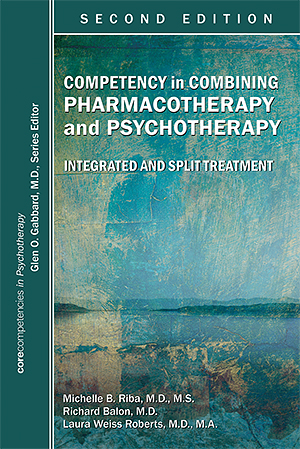Chapter 10.Primary Care and Split/Collaborative Care
Sections
Excerpt
The need to better address mental health in the primary care setting emerged over 30 years ago, with the realization that primary care physicians in the United States treat the majority of patients with mental health problems (Katon et al. 2010b). Primary care physicians are responsible for most psychotropic prescriptions, and as early as 2001, physicians in primary care settings wrote twice the number of prescriptions for antidepressant medication as psychiatrists (Voelker 2001). In 2014, approximately 18% of adults in the United States experienced some form of mental health disorder, and 8% had a substance use disorder (Knickman et al. 2016). Most individuals in need of treatment receive care in primary care settings rather than in psychiatrists’ or psychologists’ offices. Moreover, mental health and substance abuse disorders are often accompanied by comorbidities, such as cardiovascular disease and diabetes. A recent review performed by the Academy of Psychosomatic Medicine identified more than 600 articles in the literature that substantiate the finding that integrated and collaborative care strategies “have been consistently successful in improving key outcomes in both research and clinical intervention studies; cost analyses also suggest that this model is cost-effective” (Huffman et al. 2014, p. 109.
Access content
To read the fulltext, please use one of the options below to sign in or purchase access.- Personal login
- Institutional Login
- Sign in via OpenAthens
- Register for access
-
Please login/register if you wish to pair your device and check access availability.
Not a subscriber?
PsychiatryOnline subscription options offer access to the DSM-5 library, books, journals, CME, and patient resources. This all-in-one virtual library provides psychiatrists and mental health professionals with key resources for diagnosis, treatment, research, and professional development.
Need more help? PsychiatryOnline Customer Service may be reached by emailing [email protected] or by calling 800-368-5777 (in the U.S.) or 703-907-7322 (outside the U.S.).



